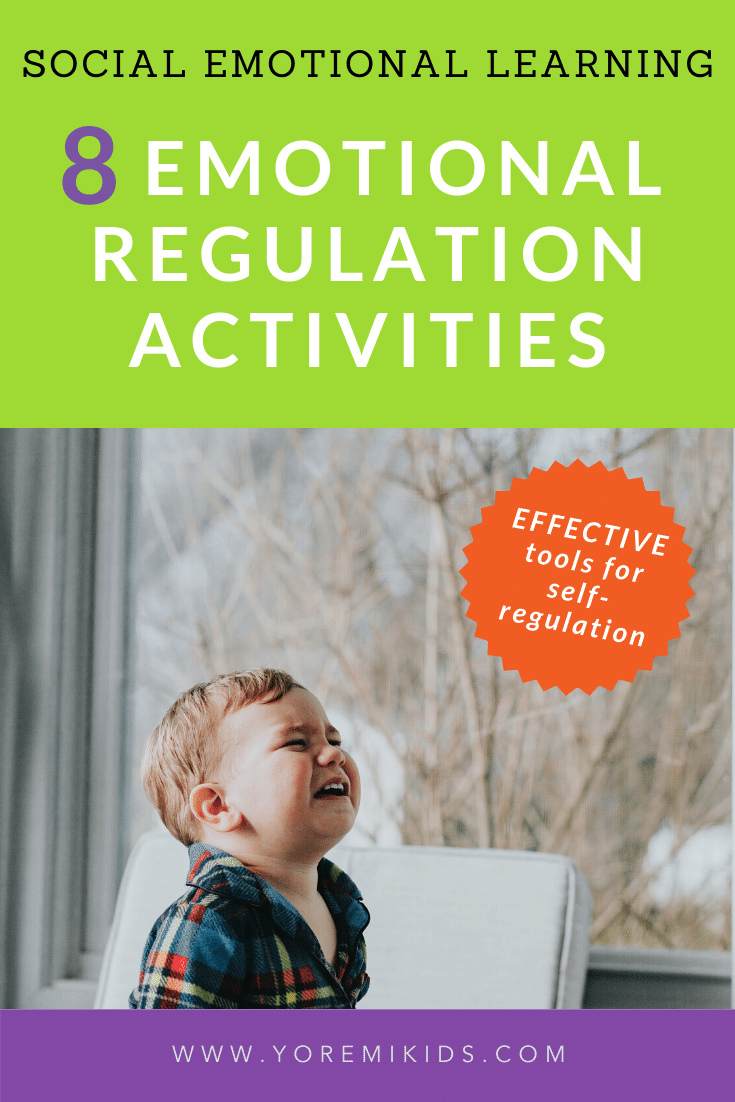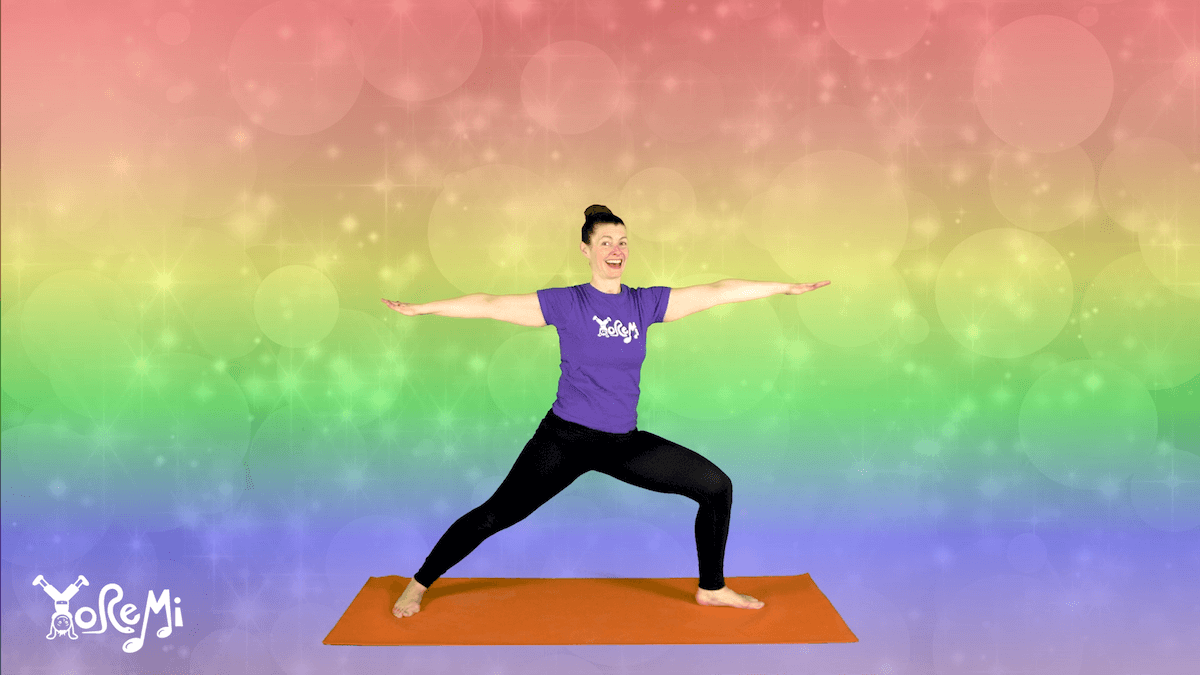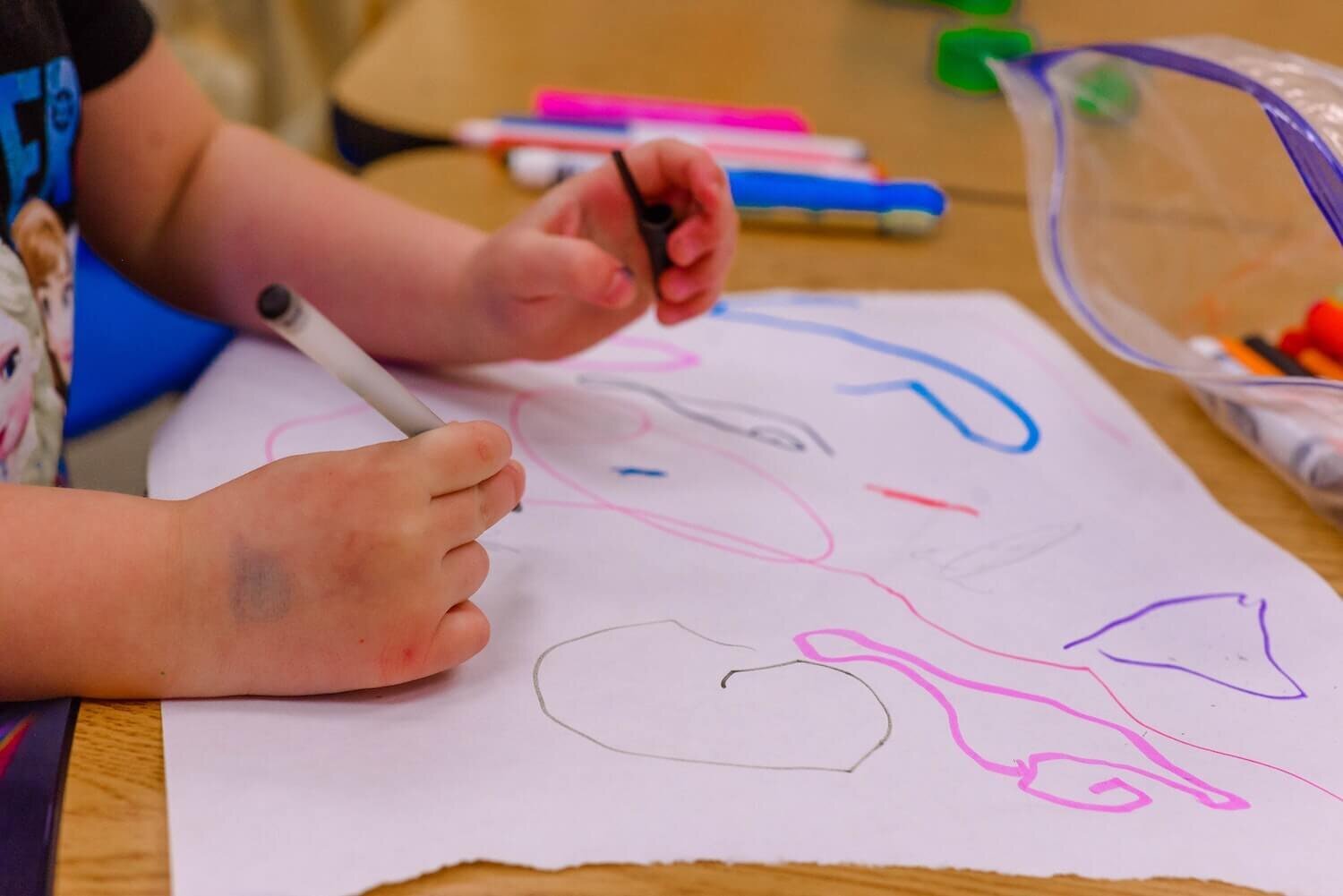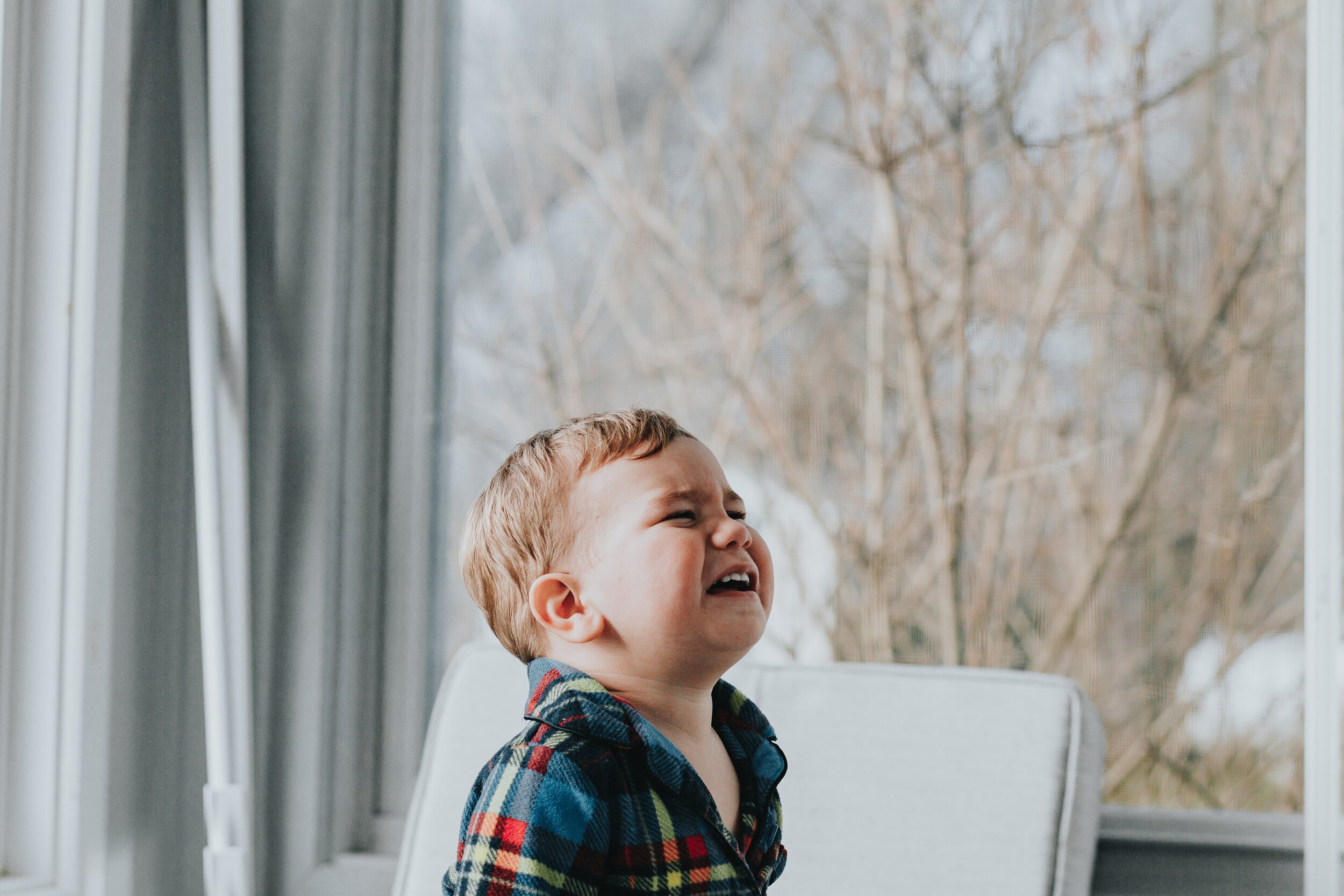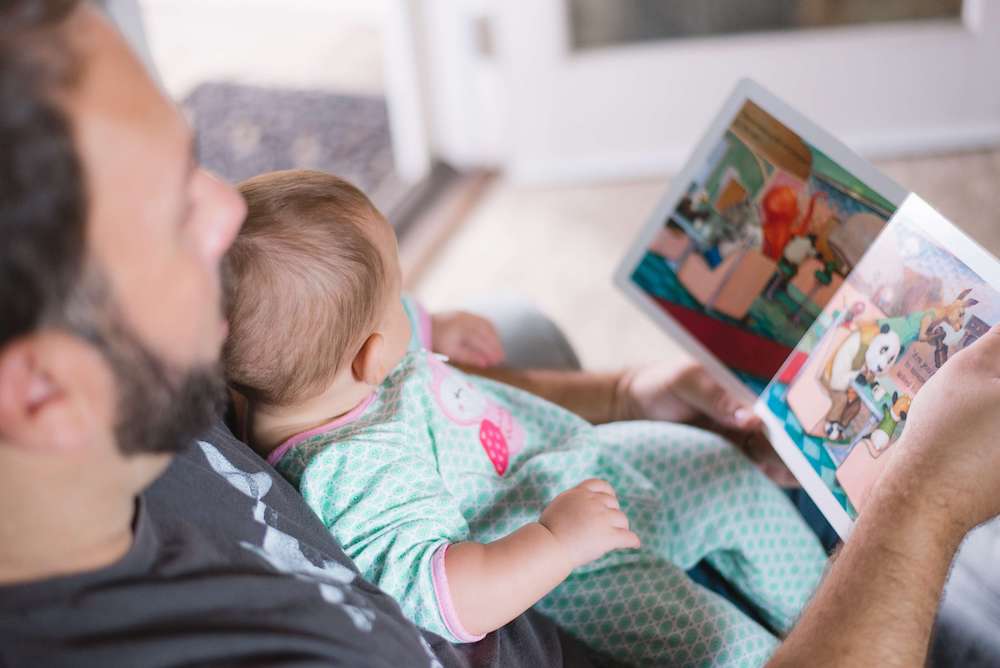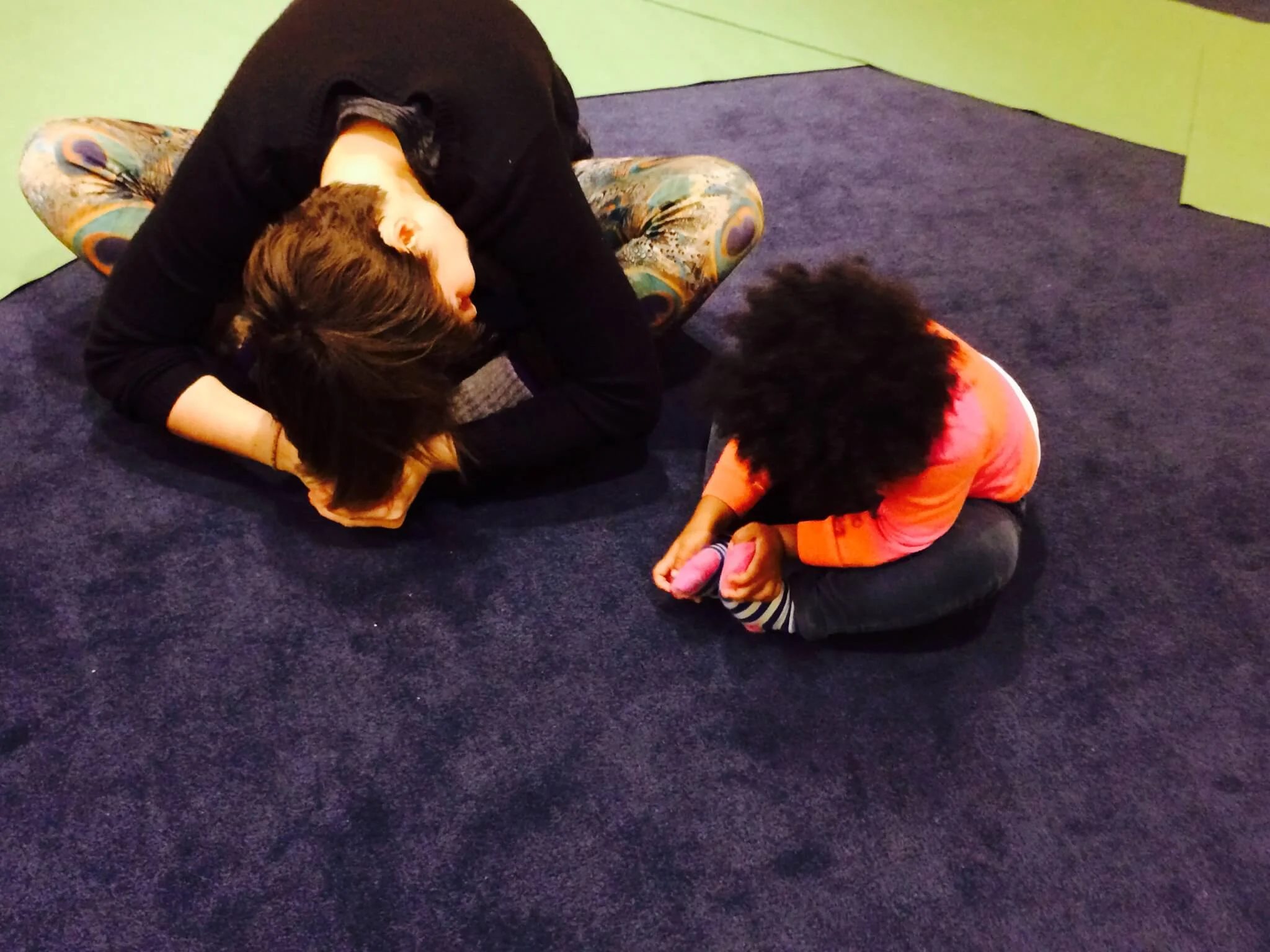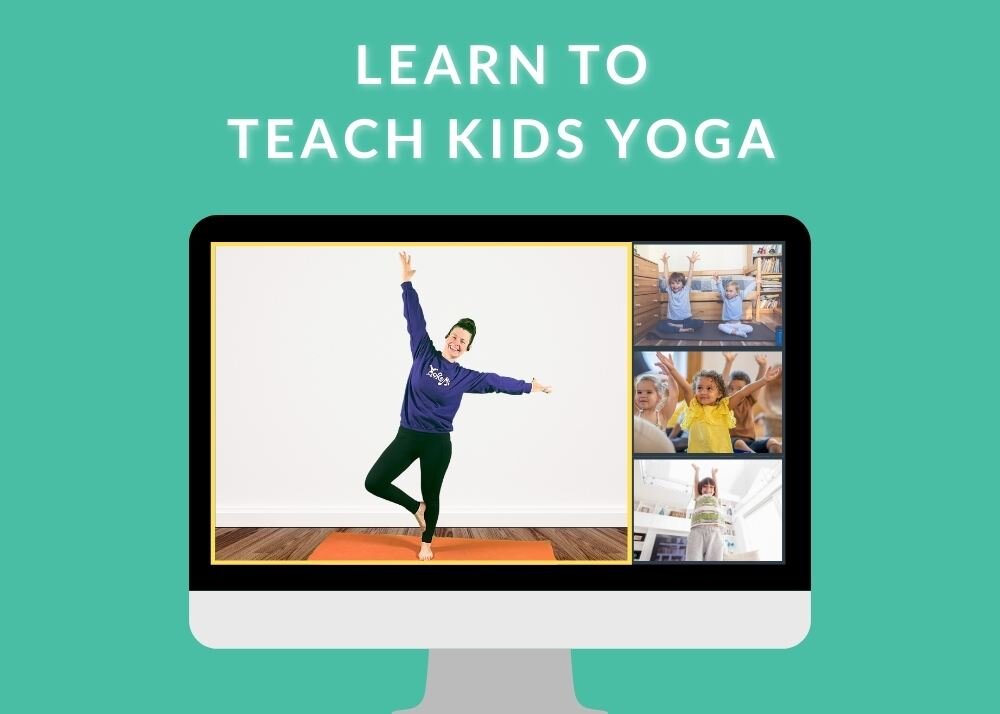8 Effective Emotional Regulation Techniques for Kids
/Whether in the classroom, at home, or throughout daily life, we are constantly faced with difficult situations that trigger emotional responses. Not just children — grown ups too! The difference is, adults often have years of experience developing self-regulation tools, whereas the emotional regulation skills of children are still blossoming.
At Yo Re Mi, we believe yoga, music, and mindfulness help children better manage emotional experiences, and subsequent actions triggered by those emotions.
Emotional self-regulation is an important life skill that doesn’t appear overnight; but with support, mindful practices and social-emotional learning activities (SEL), we can help children develop strong emotional regulation skills to carry with them in the long run.
Try these 8 effective emotional regulation activities and self-regulation techniques with your child to help strengthen their self-regulation skills and learn to navigate their emotions:
1. Use Dragon Breaths to Release Tension
Help children reach calm with mindful breathing; a practice that can benefit us all in tough situations. Dragon breathing is one of our favorite ways to help children release anxiety and tension, and is a highly effective emotional regulation technique.
The long exhale from this yogic exercise teaches a crucial self-regulation skill: conscious breathing. The longer the exhale the more we are able to trigger a relaxation response (parasympathetic nervous system). Here’s a video to practice it yourself, or play onscreen for kids:
2. Allow Children to Take the Lead
One thing we emphasize in our classes and teacher trainings is remembering that while it may seem easier, our goal as caregivers and educators is not to help children suppress big feelings. Teaching emotional regulation skills requires social-emotional intelligence on our part, where we allow kids to take the lead and acknowledge feelings, recognize situations, and adapt accordingly.
When we encourage individuality in children, we help them realize that everyone is unique, as are our feelings, situations, and responses. We also help them build confidence and self-awareness, which are essential to social-emotional learning.
Related articles:
- Support children with autism (ASD) with these yoga sensory activities.
- Kids gifts that support SEL and child development (Under $50)
3. Take a Mindful Body Scan
We love to encourage mindful body scans to help children wind down, ground, and regroup. We use body scanning in Yo Re Mi’s in-class enrichment program but it can also be used at home too — maybe even followed by a guided relaxation!
Tips for a self-regulating body scan:
Lay on your back to start your body scan (feet fall apart and arms by your side, palms face up)
Close your eyes and prepare to begin your scan at your toes
Inhale through your nose and squeeze your toes tightly… then exhale and release them.
Inhale and squeeze your feet tightly… then exhale and release them.
Continue up the body, piece by piece, tensing and releasing major muscle groups with each inhale.
Watch More Guided Relaxation Videos:
- Rainbow Chakra Relaxation
- Wave Relaxation (Ocean Breathing)
- Floating Raft Relaxation
- Affirmation Relaxation
- Group Belly Breathing Relaxation (for SEL)
4. Release Pent-up Emotion with Camel Pose
Living in a society where it is more common to hold grudges and repressed emotion than it is to release them, it is no surprise that grown ups struggle with stress, tension, and anxiety. In turn, the children we care for inherit that negative energy.
One emotional regulation technique we love is practicing heart-opening back bends, like Camel Pose. Not only does this yoga pose help boost the immune system by releasing pent-up emotion and reducing stress, it also helps us embrace loving kindness, understanding, and self-love.
5. Employ Mutual Regulation with Mindful Language
Sometimes children aren’t able to access self-regulation tools — after all, isn’t it even difficult for us adults to consistently self-regulate?
Their social-emotional learning is still developing, so they made need help identifying coping strategies along the way. Co-regulation requires us to maintain a mindfulness practice of our own so we can be proactive in supporting them.
When we maintain our own mindfulness practice, we can better replace disciplinary action with logical consequences and help kids manage their feelings and actions in a safe environment. Try some of these strategies to foster emotional regulation skills:
Practice non-judgement using mindful language to help them feel listened to and respected
Use fact-based observations when motivating behavior
Create safe spaces for self-regulation activities (ie. a corner where children can spend time to release tension)
6. Use Guided Breathing
Breathwork and a guided breathing practice are foundational self-regulation strategies. An especially great tool for SEL development and emotional self-regulation, the breathing ball helps us focus on our breath by visualizing each inhale and exhale.
Another great practice is deep breathing. While we may often use this emotional regulation technique for warming up before one of our musical yoga adventures, it is also a useful practice for helping children with autism work through big feelings.
7. Encourage Partner Yoga Poses
Partnered activities encourage social-emotional learning by building teamwork and communication skills. Social-emotional learning activities like partner yoga poses encourage mindful listening and expression, self-awareness, and connection — which all strengthen emotional regulation.
Leave space for imagination while guiding children to safe partner poses. Maybe your kids might want to start off with energetic transportation yoga poses (like a Pirate Ship!)
More Yoga Videos:
- If you love Pirate Ship for a partenered activity, try Canoe -- a partner boat pose!
- Watch our library of transportation yoga videos on the Yo Re Mi app (ad free!)
8. Use Confidence Boosting Postures
We are a big fan of mindful affirmations, affirmation yoga, and confidence-boosting yoga poses. Some of our favorite yoga postures to encourage children to try are Warrior Pose variations.
Warrior 1 and 2 are energizing, strengthening, and confidence-boosting. Equally strengthening, balancing and invigorating, Warrior 3 then helps us become superheroes!
Recite this confidence affirmation at home and the classroom (or anywhere!) to promote self-awareness and emotional self-regulation for kids.
I am POWERFUL
I am STRONG
I SHINE my light
I am SAFE and I BELONG
I grow STRONGER everyday
I RISE above
I am FIERCE and DETERMINED
I am full of LOVE
Mindfulness is an emotional regulation strategy we can all benefit from. Pairing it with fact-based observations, mindful language, confidence-boosting movement, and social-emotional learning activities helps children better identify self-regulatory tools.
For more resources on emotional regulation activities for kids, review this list of calming techniques to help children reduce tension and anxiety through self-regulation. Research surveys show this improves behavior, fosters empathy, communication and social skills, and aids in relationship building.
Share this list of self-regulation strategies on Pinterest and download the Yo Re Mi App for more video resources.



